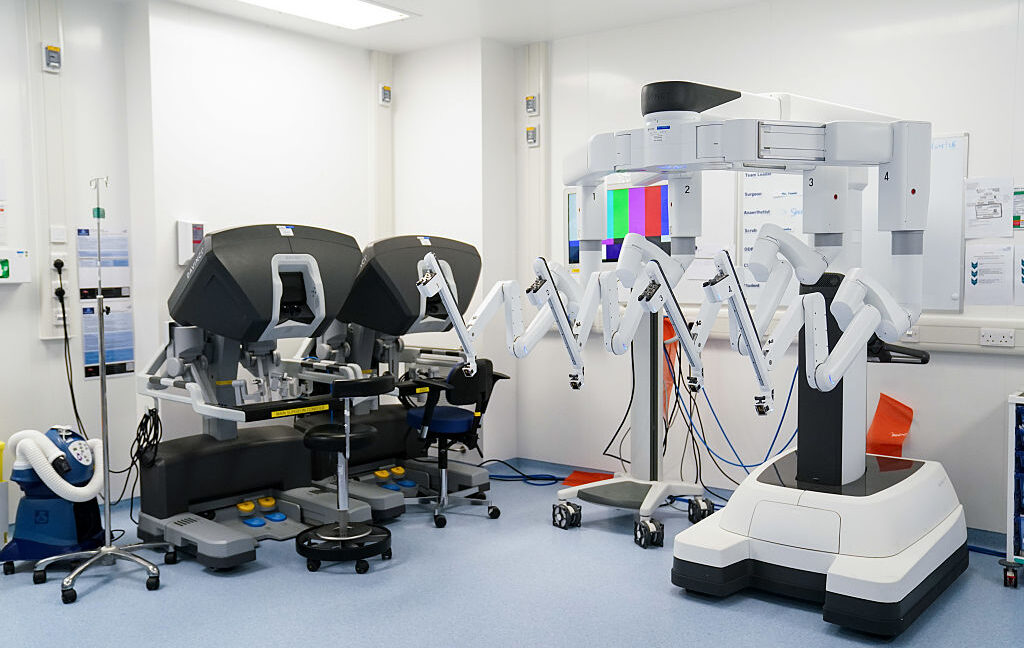
"The procedure Kim chose for the robot to master was cholecystectomy, a surgical gallbladder removal routinely performed in US hospitals (roughly 700,000 times a year). The objective is to remove the tubes connecting the gallbladder to other organs without causing the internal fluids to flow out. Kim's team broke this procedure down into 17 steps, sourced lots of porcine gallbladder and liver samples from pig cadavers to experiment on, and had a trained research assistant operate a DaVinci robot, performing the procedure over and over again to build the training data set for the robot."
"The robot learned to perform a cholecystectomy with 100 percent success rate when operating on samples it has not been trained on. It could also accept human feedback in natural language—simple tips like 'move your arm a bit to the left' or 'put the clip a bit higher.' These are the sorts of hints a mentoring surgeon would give to a student and, in a similar way, SRT-H could learn from them over time."
"SRT-H was also robust to differences in anatomy between samples, other tissue getting in the way, and imperfect imagery. It could even recover from all the tiny mistakes."
Kim's team trained a robot, SRT-H, to perform cholecystectomy, a common gallbladder removal surgery. The procedure was broken down into 17 steps, utilizing porcine cadaver samples and extensive video data from a DaVinci robot. The robot achieved a 100% success rate on untrained samples and learned through human feedback, mimicking a mentor's guidance. SRT-H demonstrated robustness across various anatomical differences and could correct minor errors during surgery, suggesting its adaptability to diverse surgical scenarios.
Read at Ars Technica
Unable to calculate read time
Collection
[
|
...
]